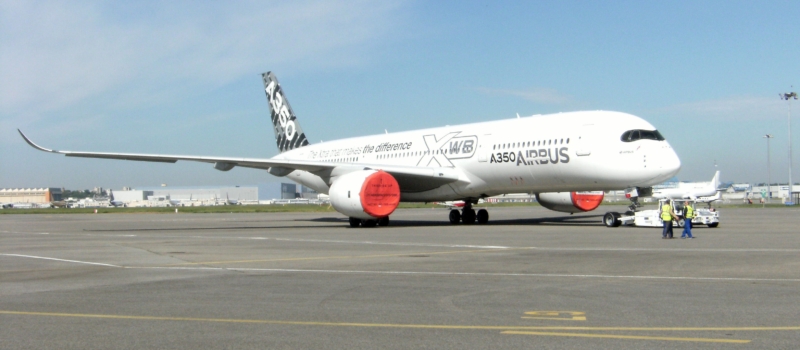Automation and ATC: a people-centric approach
9 June 2015Automation is a hot topic for air traffic controllers and pilots working in a high-tech industry where safety and efficiency dictate everything we do.
The interaction between man and machine is at the heart of successful air traffic management and here at NATS we rely on a combination of highly skilled people and complex systems, each new generation of technology adding new elements of automation to give our people more support to keep the skies safe and people moving.
For example, in 2011, the introduction of a system called ‘iFACTS’ provided a step change in the level of support provided to en-route controllers at our Swanwick Control Centre. iFACTS provides controllers with medium term conflict detection and conformance monitoring based on several sources of information including controller inputs, radar, meteorological data and a model of aircraft behaviour. Based on this information the tools predict the trajectories of each aircraft and allow the controller to explore a level, heading or speed change with separation predictions, before they give the aircraft an executive instruction.
In its first year in operation, iFacts helped us to significantly improve our already-excellent safety performance. This demonstrated to us the value automation could bring to the operation and has encouraged us to explore other ways we can use more automation to help our controllers, starting with a wider roll out of trajectory prediction and medium term conflict detection tools.
In March 2015 Heathrow became the first airport in the UK to start using Time Based Separation in which computer-generated indicators are projected on radar onto final approach to provide controllers with more accurate guidance on minimum separation during strong headwinds. Early indications are that this has significantly improved the resilience of Heathrow’s operation in strong headwind conditions – the single biggest cause of arrival delay at the airport.
We know, therefore, that automation has a major role to play in the future of air traffic management. We also know that people are key to the success of any automation; how they design, monitor and maintain the systems and tools available to controllers, and how those tools are used. It’s something we’re dedicating a lot of attention to and I was pleased to be invited to discuss this at a recent Flight Safety Foundation Forum in Brussels.
Automation can create new opportunities to mislead and confuse controllers; it is reliant on large quantities of data and complex databases which can mask any distortions in underlying data; and fundamentally, despite all best endeavours, it’s unlikely to be infallible.
How do controllers want data presented to them so that it makes their job easier? How do we design intuitive user interfaces that keep the controller engaged and communicating effectively with the automation? And how do we support the performance of designers, engineers and those assuring the system, whose role becomes ever more critical as more reliance is placed on those systems? These are some of the questions we have to address as we explore further opportunities for automation in our operation.
ATM has taken a significant leap forward in automation in recent years. But at NATS we are not under the illusion that we can automate everything. It is people who ensure that the unpredictable and complex nature of Air Traffic can be effectively managed even in the most challenging of circumstances. Though roles will no doubt change as ATM evolves, a successful approach to automation also has to have people at its core.
Comments
Please respect our commenting policy and guidelines when posting on this website.




